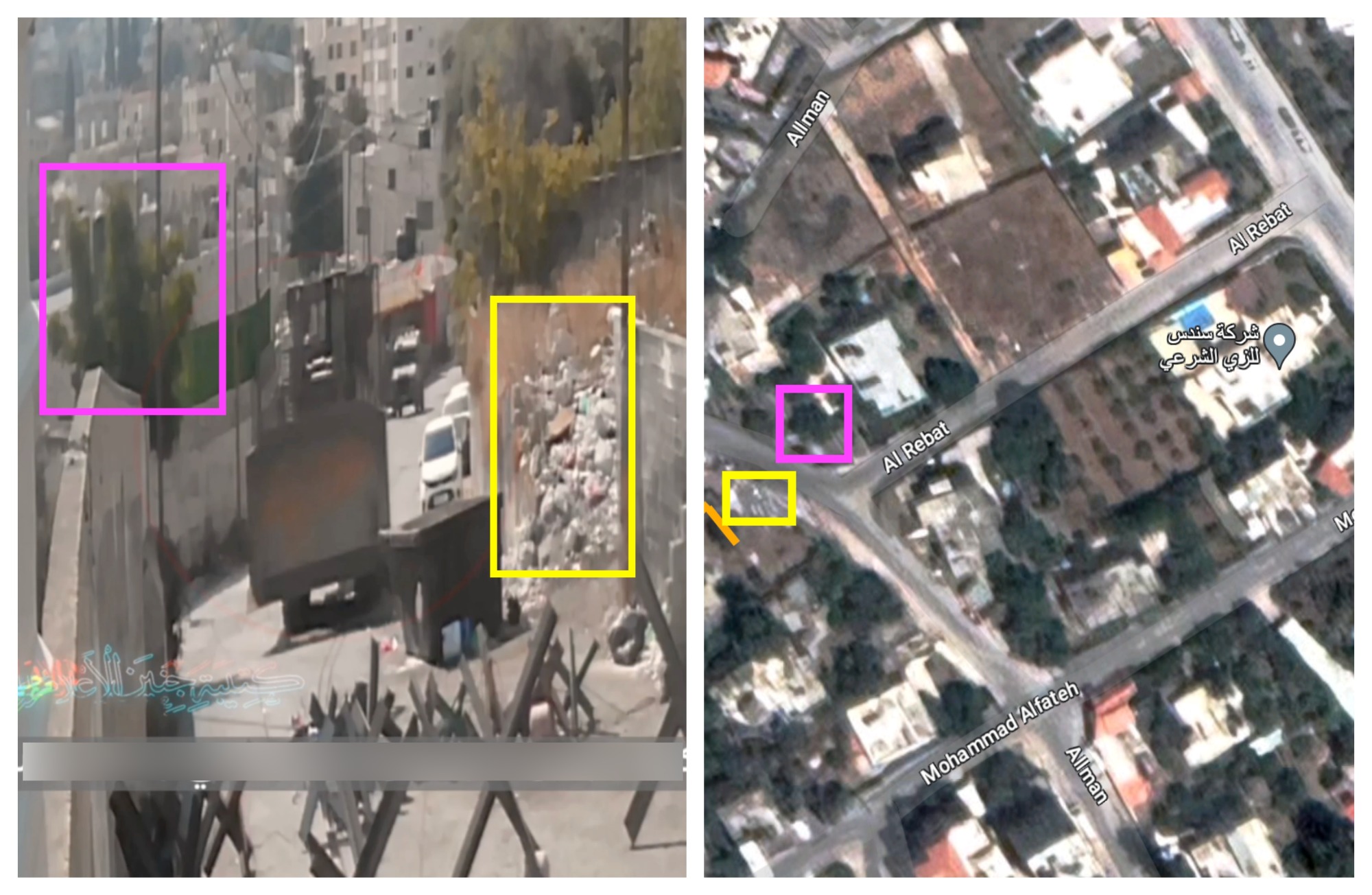On Tuesday afternoon, November 26, the Russian Defense Ministry issued an unusual bulletin revealing that since the Oreshnik strike on November 21, the US had launched two ATACMS attacks across the Ukrainian border on Russian military targets in the Kursk region. The first of these on an S-400 air defence unit on November 23 had not been disclosed before. Both the November 23 and November 25 ATACMS strikes, totalling 13 missiles in all, had been partially intercepted. Russian casualties were suffered, including several fatalities.
The Defense Ministry also telegraphed its punch. “Retaliatory actions are being prepared,” the bulletin concluded.
Earlier that same morning, November 26, the airspace around the Oreshnik launch site at Kapustin Yar — east of Volgograd in the north of Astrakhan region — was identified for closure to civilian flights by an international notice to airmen (NOTAM). The notice said the no-flight zone would start at 04:00 on Thursday, November 27, and continue until 20:00 on Saturday, November 30. Kapustin Yar was the launch pad for the first Oreshnik strike on the Yuzhmash plant at Dniepropetrovsk on November 21.
The flight distance for that Russian missile from launch to target was 800 kilometers. If a second Oreshnik strike is being prepared at Kapustin Yar, the range to US and Ukrainian military bunkers at Kiev is within 1,100 kms; to the comparable military targets in Lvov, 1,600 kms; to the US-Ukrainian base at Rzeszów, on the Polish side of the border, 1,750 kms. The Oreshnik can strike targets at up to 5,000 kms, making it an “intermediate range”, not an “intercontinental range” missile.
On the afternoon of Wednesday, November 27, President Vladimir Putin arrived in Astana, Kazakhastan, for two days of talks. He is due to return from Kazakhstan on the evening of Thursday, November 28.
Once the president is in Moscow, he will be in position to order, direct, and follow a retaliation strike by the General Staff against US and Ukrainian targets. If the strike flies at Oreshnik speed of Mach 10 to Mach 12, the operation will run from 5 to 9 minutes. If a 30-minute advance warning is sent to the US, and if a civilian evacuation warning is also issued, as Putin has foreshadowed, then one hour on Friday or Saturday will be what Putin has called the “danger zone”.
“In case of an escalation of aggressive actions,” Putin has said, “we will respond decisively and in mirror-like manner…It goes without saying that when choosing, if necessary and as a retaliatory measure, targets to be hit by systems such as Oreshnik on Ukrainian territory, we will in advance suggest that civilians and citizens of friendly countries residing in those areas leave danger zones. We will do so for humanitarian reasons, openly and publicly, without fear of counter-moves coming from the enemy, who will also be receiving this information.”
The Defense Ministry has now confirmed the escalation by the US on November 23 and 25. Putin will decide his retaliation before Saturday evening.
Led by Chris Cook on Gorilla Radio, listen to the discussion of what is about to happen, and of the Trump officials to whom the Kremlin and the General Staff are sending their message.
PUTIN’S MULTIPLE INDEPENDENTLY TARGETED REENTRY VEHICLES, INTERMEDIATE RANGE, HYPERSONIC, 36 KINETIC WARHEADS

Photographs of the mobile truck-launched Oreshnik have not been released by the Russian authorities. Ted Postol of MIT has produced this analysis, with videoclips of missile launch flight and munition landing, on November 23. Postol confused the launch sites between Baikonur and Kapustin Yar.
TRUMP’S MULTIPLE INDEPENDENTLY TARGETED REENTRY VEHICLES, SHORT RANGE, SUBSONIC, NEGATIVE YIELD

Left to right: Mike Waltz, National Security Advisor; Sebastian Gorka, Deputy National Security Advisor; Keith Kellogg, special Ukraine war negotiator; Pete Hegsteth, Secretary of Defense.

Click to play: https://gradio.substack.com/
The discussion begins at Minute 32.
The warning issued by Russia’s Deputy UN Representative Dmitry Polyansky, quoted partially in the broadcast, was this: “We believe it is our right to use our weapons against military facilities in those countries which allow their weapons to be used against our facilities. We’ve warned you about this, but you’ve made your choice.” Note that Polyansky’s warning identifies the target of retaliatory action to be “military facilities”.

For the introduction to this broadcast, access to the 20-year Gorilla Radio archive, and Chris Cook’s blog, click here and here.




